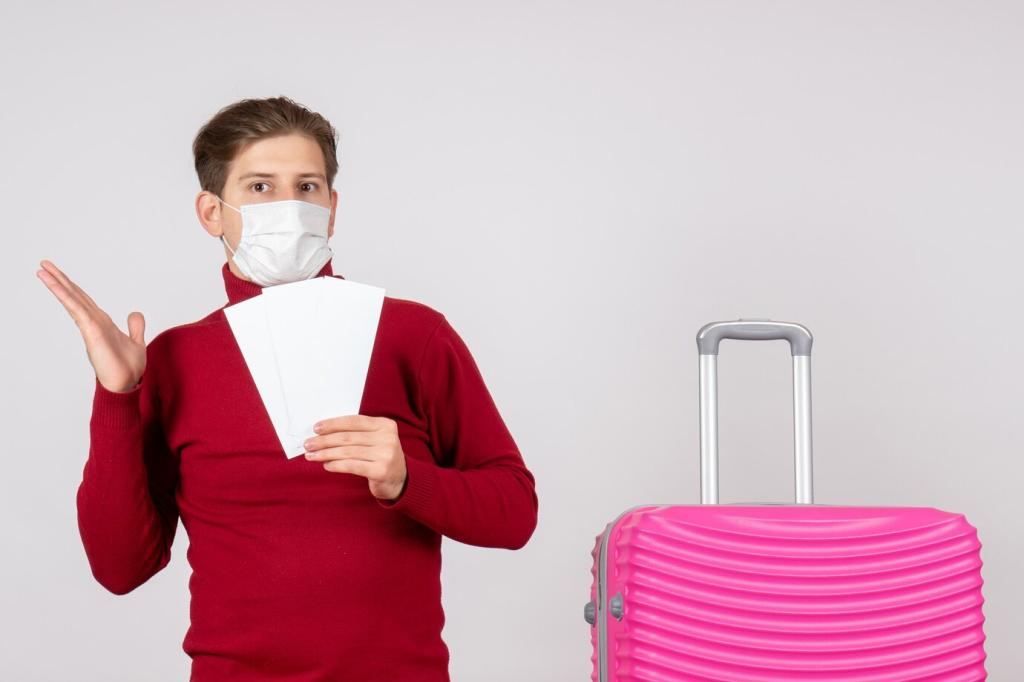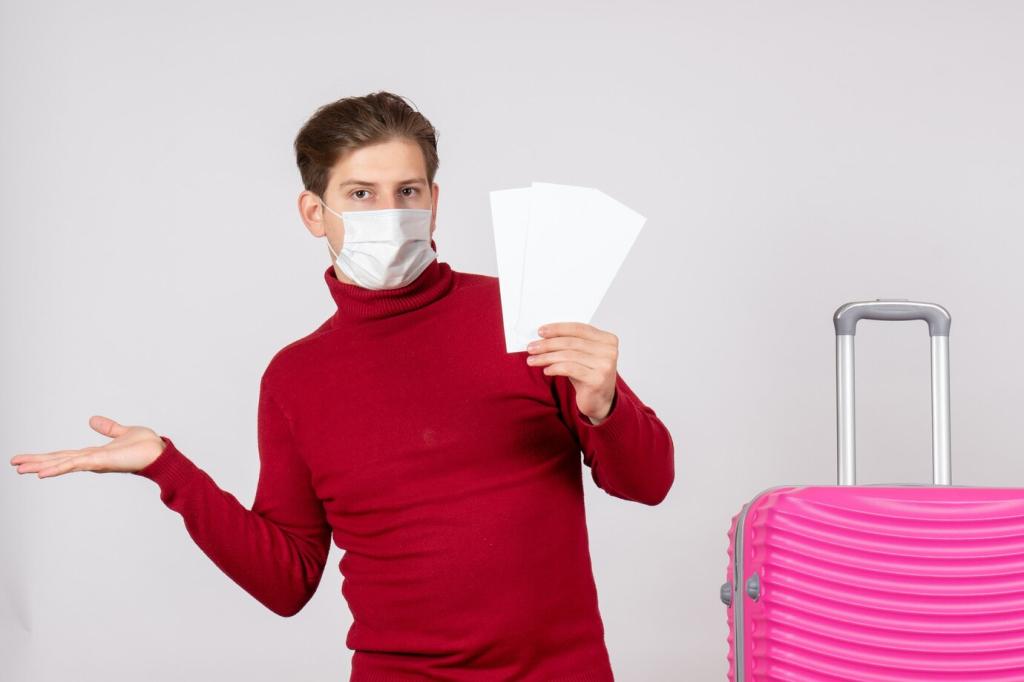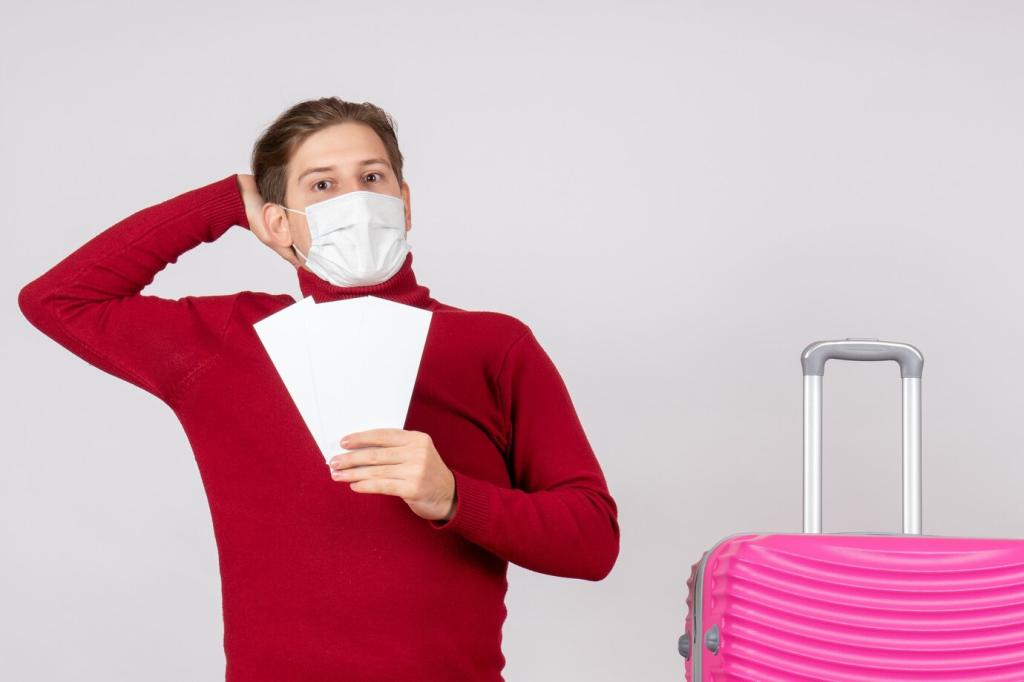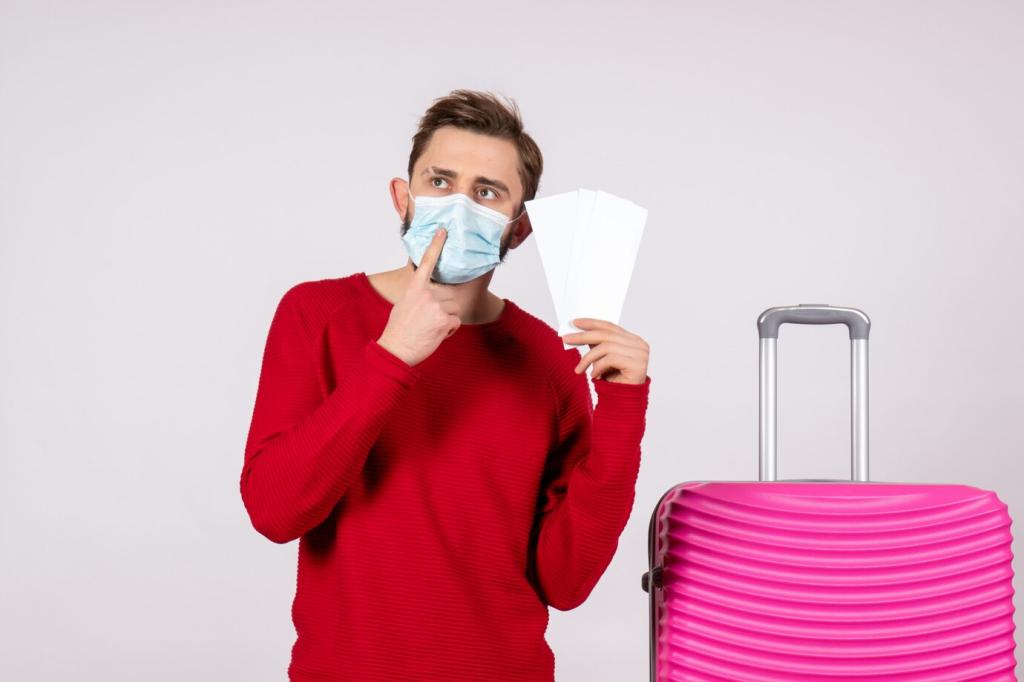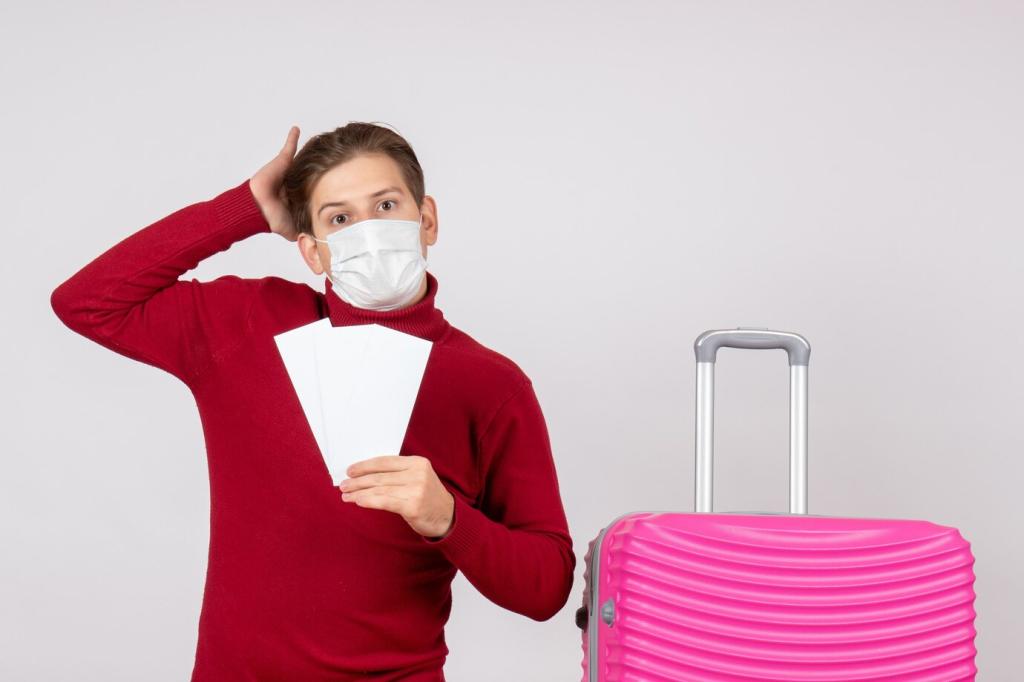Why Emergency Contacts and Resources Save Precious Minutes
The smoke alarm chirped at 2:17 a.m., and my neighbor, half-asleep, fumbled for his phone. Because he had emergency contacts pinned and labeled, he reached the fire department instantly, then texted us to check the hallway. Share your story or questions—your experience can help someone tonight.
Why Emergency Contacts and Resources Save Precious Minutes
Paramedics often talk about the golden minute—those first sixty seconds when decisive action changes outcomes. A correct number, a clear address, and the right resource can mean faster care, less damage, and calmer decisions. Keep addresses, cross streets, and entry codes stored with your emergency contacts for immediate reference.

